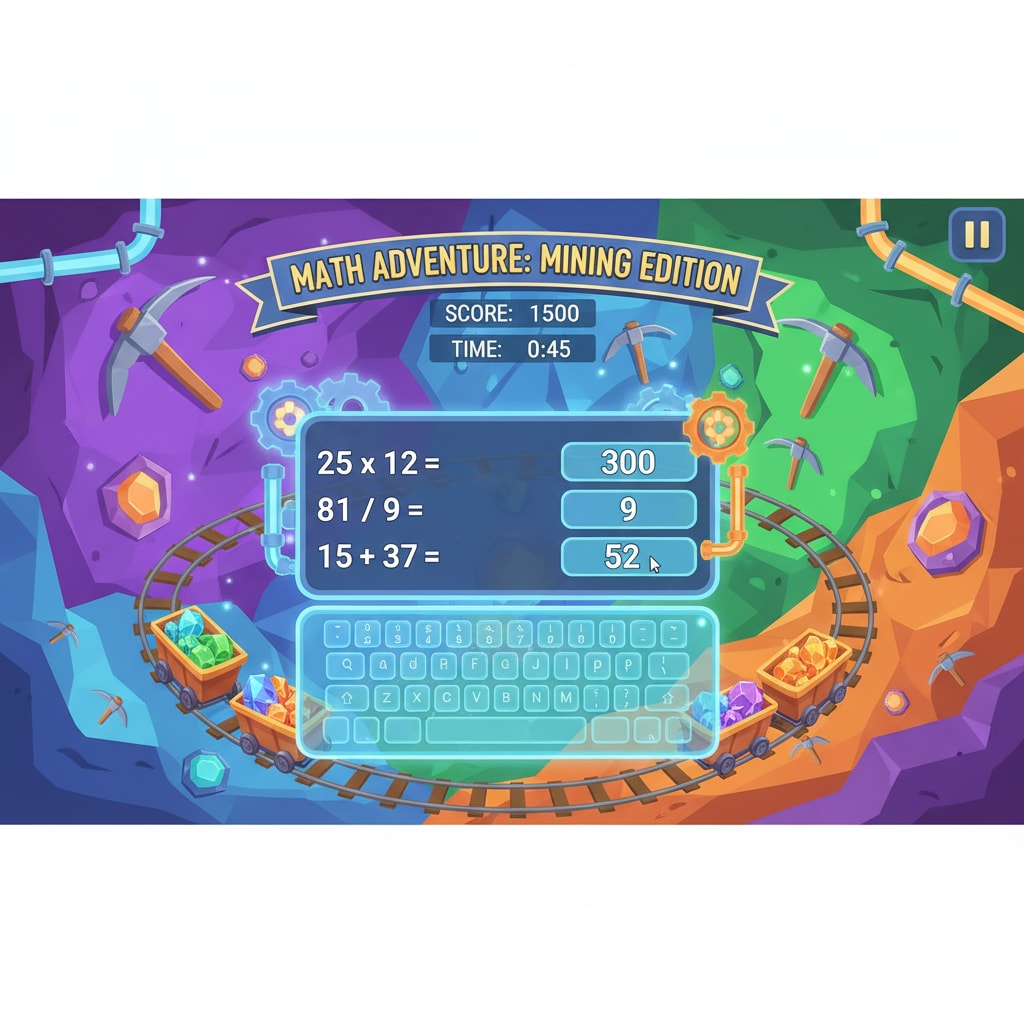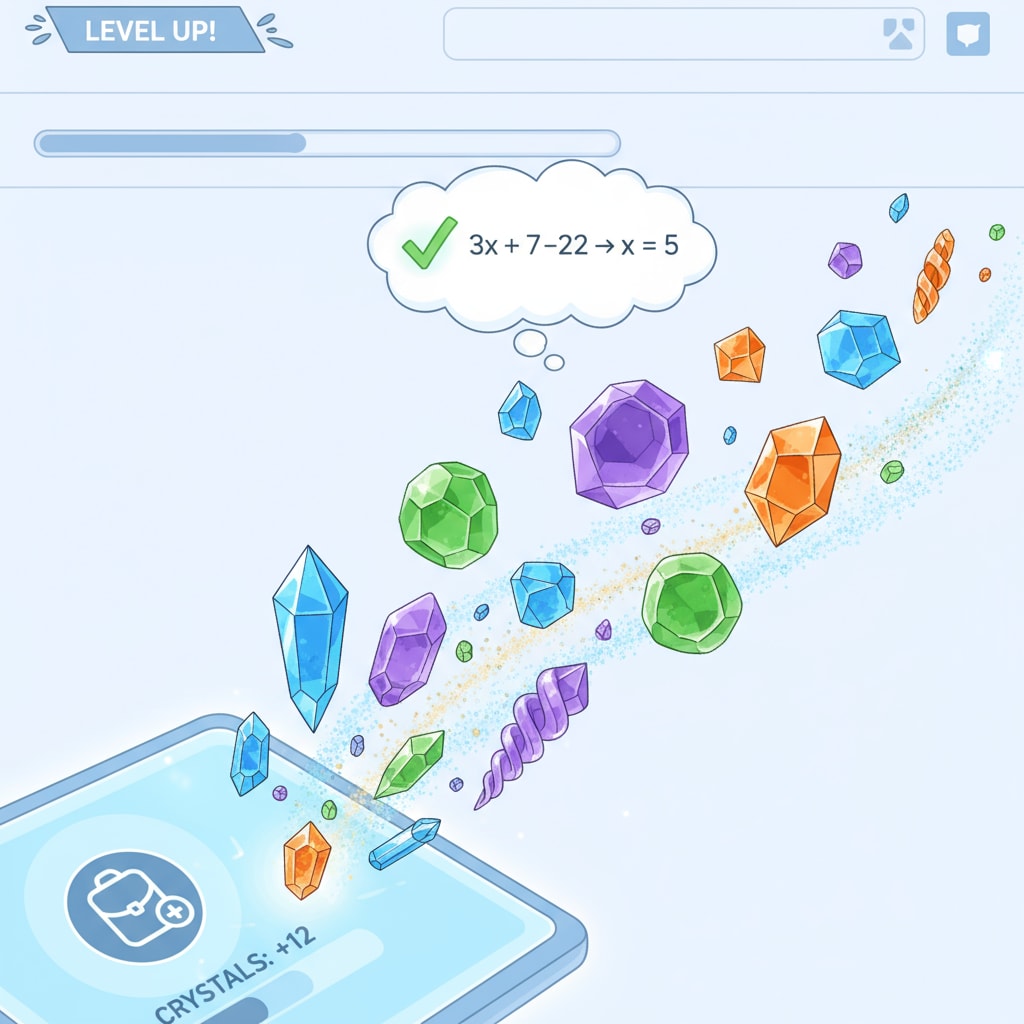Math games, educational games, and game prototypes are at the forefront of revolutionizing the way we approach K12 math education. In recent years, there has been a growing interest in gamifying learning experiences, especially in the field of mathematics. One such innovative approach is the development of a math education game prototype that incorporates a unique crystal – mining game mechanism to engage students in solving math problems.

This not only makes the learning process more enjoyable but also has the potential to significantly enhance students’ understanding and performance in math.
The Crystal – Mining Game Mechanism in Math Education
The crystal – mining game mechanism in this prototype is designed to create an immersive and rewarding learning environment. In the game, students are presented with math problems at various levels of difficulty. Each correct answer leads to the discovery of virtual crystals. These crystals can be used to upgrade tools, unlock new mining areas, or purchase in – game items. For example, if a student solves a complex algebraic equation correctly, they might earn a rare crystal that allows them to access a previously locked high – level mining zone. This incentive system encourages students to actively engage with math problems, rather than viewing them as a chore. As a result, they are more likely to invest time and effort into finding solutions, which in turn improves their problem – solving skills.

The Value of Gamified Learning in K12 Math Education
Gamified learning has several significant benefits in the context of K12 math education. Firstly, it makes learning more engaging. Traditional math lessons can often be dry and unappealing to students. By integrating game elements such as challenges, rewards, and a sense of progression, gamified learning captures students’ attention and holds it. According to Educational Gamification, students are more likely to be motivated when learning is presented in a fun and interactive way. Secondly, it provides immediate feedback. In a game, students know right away if their answer is correct or incorrect. This instant feedback helps them learn from their mistakes and adjust their approach. Additionally, gamified learning can be personalized. The game can adapt to a student’s skill level, presenting problems that are neither too easy nor too difficult, ensuring continuous learning and growth.
Readability guidance: We have used short paragraphs to make the content more digestible. The lists help in summarizing key points. The passive语态 has been kept to a minimum, and transition words like “firstly”, “secondly”, and “additionally” have been used to improve the flow of the text.


